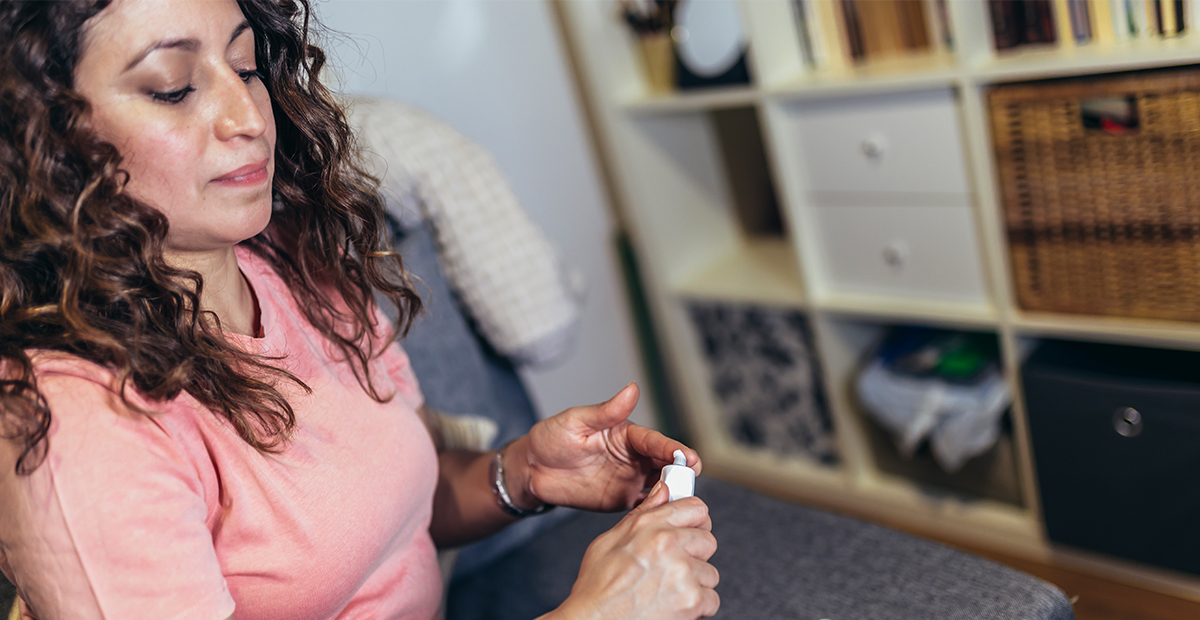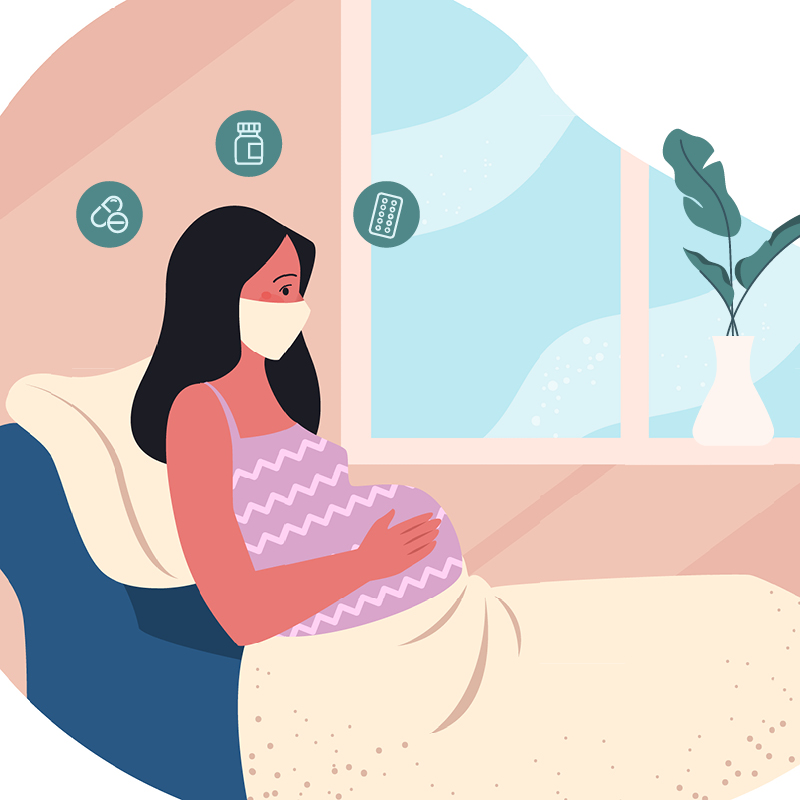Most women begin the early stages of menopause between ages 45 and 55. As a woman’s ovaries stop allowing her to become pregnant, they slow down production of certain hormones that used to be released throughout the rest of the body – mostly estrogen, progesterone, and testosterone.
During perimenopause – the time leading up to menopause – women often experience symptoms that make them uncomfortable or make everyday life more difficult.
Hormone replacement therapy (HRT) or menopausal hormone therapy can offer relief to many patients and make menopause more manageable. HRT is exactly what is sounds like: replacing the hormones a woman’s ovaries used to make with artificial hormones that help bring her body back to a relatively normal state.
Maureen Slattery, MD, is an OBGYN provider at Clinton Crossings in Brighton and frequently works with patients going through menopause. She points out symptoms that should lead patients to consider HRT and offers suggestions on which types of HRT might be best for different patients.
Signs you might want HRT
Two of the most common symptoms for women going through menopausal changes are hot flashes and disrupted sleep.
“Some women become uncomfortably warm, break out into a sweat, get beet red, then later become quite chilly – sometimes multiple times a day,” Dr. Slattery said. “This might happen in the middle of the night, which is then disruptive towards sleep.”
Women should consider talking with their provider about HRT if they are also experiencing any of these symptoms:
- Discomfort/pain with sex
- Foggy brain (losing train of thought)
- Hair thinning
- Lower libido
- Mood instability
- Skin changes
- Vaginal dryness
- Weight gain in abdomen
“If you have any symptoms that don’t work well with your daily activities, you may have to consider hormone replacement therapy,” Dr. Slattery said.
Who is eligible for HRT?
Most women are eligible to start hormone replacement therapy following a consultation with their provider.
Some patients should avoid starting HRT, including women with:
- blood clots
- estrogen receptor positive breast cancer
- liver damage
- recent heart attack or stroke history
- uncontrolled high blood pressure
- uncontrolled high cholesterol
Research suggests women who had their last period more than 10 years ago should also avoid starting HRT.
“Women should start hormone replacement therapy within 5-10 years of starting menopause,” Dr. Slattery said.
Different types of HRT
Women who still have their uterus are strongly recommended to take progestin with estrogen. Studies show progestin therapy helps to reduce the risk of uterine cancer.
There are several types of hormone replacement therapy that are available in different forms. These forms include:
- creams (skin and vaginal)
- gels (skin and vaginal)
- oral pills
- patches
- sprays
“Patients should be able to tell within 4-6 weeks if HRT is working or not,” Dr. Slattery said. “Once they are using HRT, they should continue to use it until 5 years after menopause is complete. After that, they should work with their provider to slowly wean themselves down to the lowest dosage.”
Dispelling risks associated with HRT
In the early 2000s, a study by the Women’s Health Initiative research program published findings suggesting that hormone replacement therapy increased the risk of breast cancer, heart attack, and stroke. Following widespread media coverage, fewer women received HRT due to the potential risks involved.
However, in 2017, researchers with the same Women’s Health Initiative published follow-up results showing women from the same study here were risks in 2002, but when they followed women who did HRT from the initial study actually had no greater risk of death in the long term compared to women who took placebos.
“Research shows the women who had HRT had a decreased risk of all causes of morbidity and mortality, a decreased risk of colon cancer, and improved bone density,” Dr. Slattery said.
“For the last 20 years, no one has been talking about hormone replacement therapy and menopause. It has been an ignored transition in life for decades and now people are starting to talk about it more and becoming less afraid to do something about it.”










